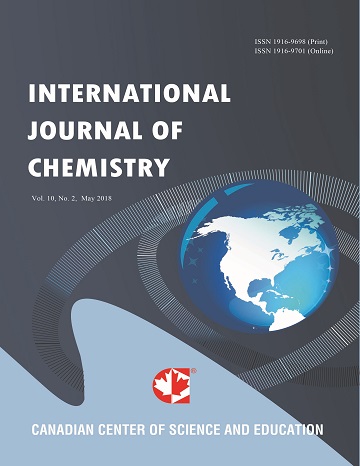Creation of Photoactive Inorganic/Organic Interfaces Using Occlusion Electrodeposition Process of Inorganic Nanoparticles During Electropolymerization of 2,2′:5′,2′′-Terthiophene
- Kasem Kasem
- Christopher Santuzzi
- Nick Daanen
- Kortany Baker
Abstract
Photoactive (IOI) inorganic/organic interface assemblies were prepared using an occlusion electrodeposition method. Poly-2,2′:5′,2′′-Terthiophene (PTTh) were the organic thin films that occluded each of CdS, TiO2, and Zn-doped WO3 nanoparticles. The energy band gap structures were investigated using spectroscopic and electrochemical techniques. The obtained assemblies were investigated in aqueous solutions under both dark and illuminated conditions. The results were compared with the behavior of PTTh thin film. Oxygen played an important role in minimizing electron/hole recombination as was evident by observed very low photocurrent when oxygen was removed by nitrogen purge. Results show that PTTh/CdS gave the greatest photocurrent, followed by PTTh/Zn-WO3 and PTTh/TiO2.
- Full Text:
 PDF
PDF
- DOI:10.5539/ijc.v8n2p1
Index
Contact
- Albert JohnEditorial Assistant
- ijc@ccsenet.org
